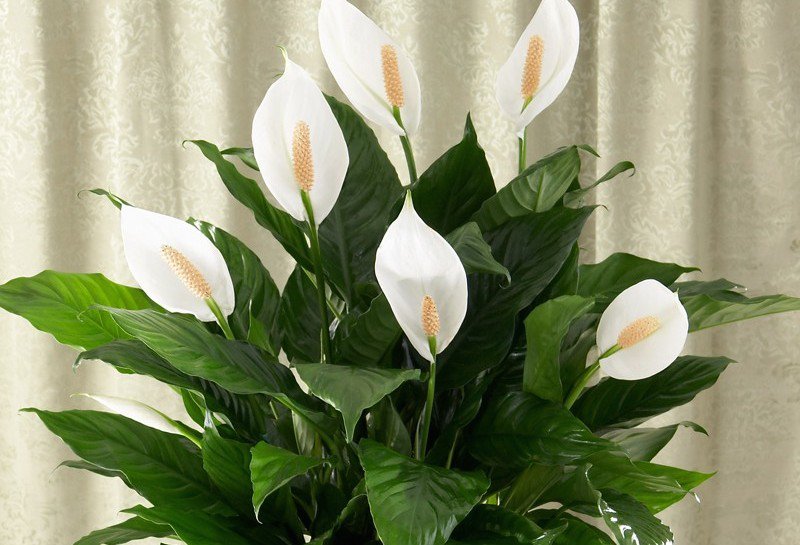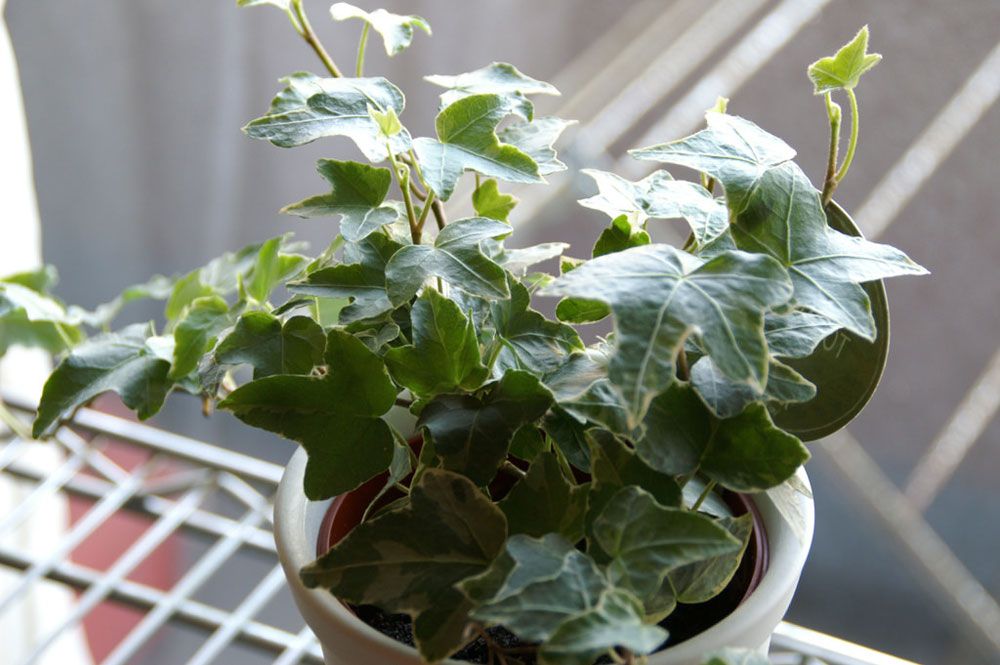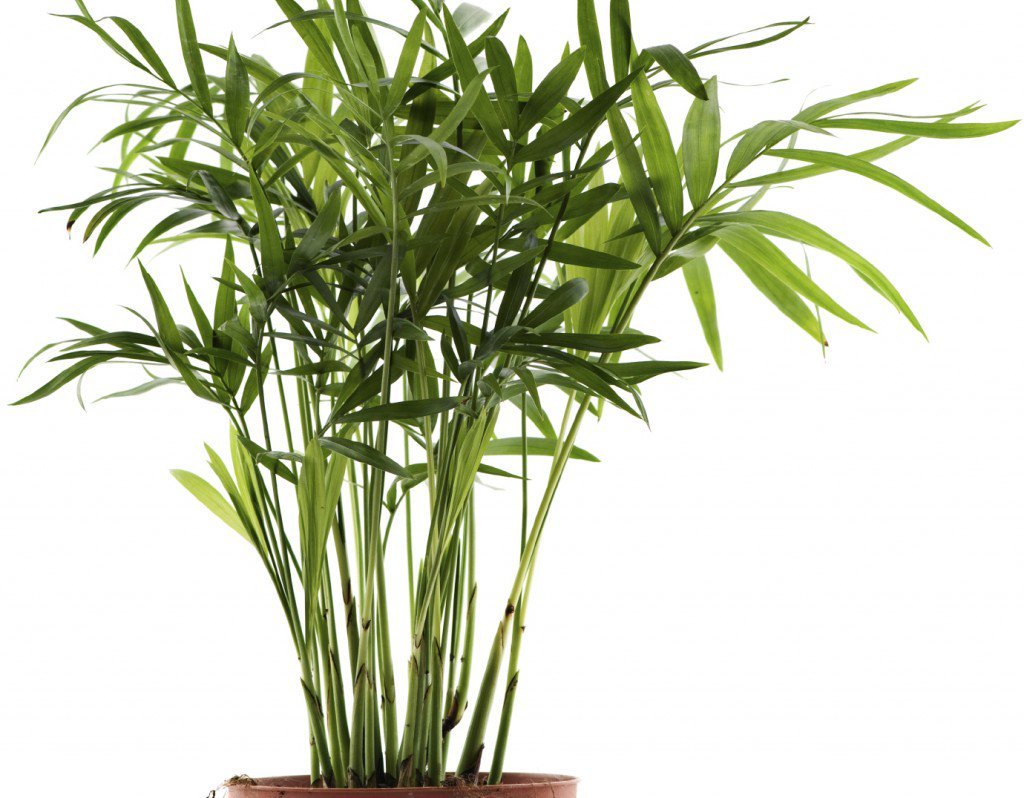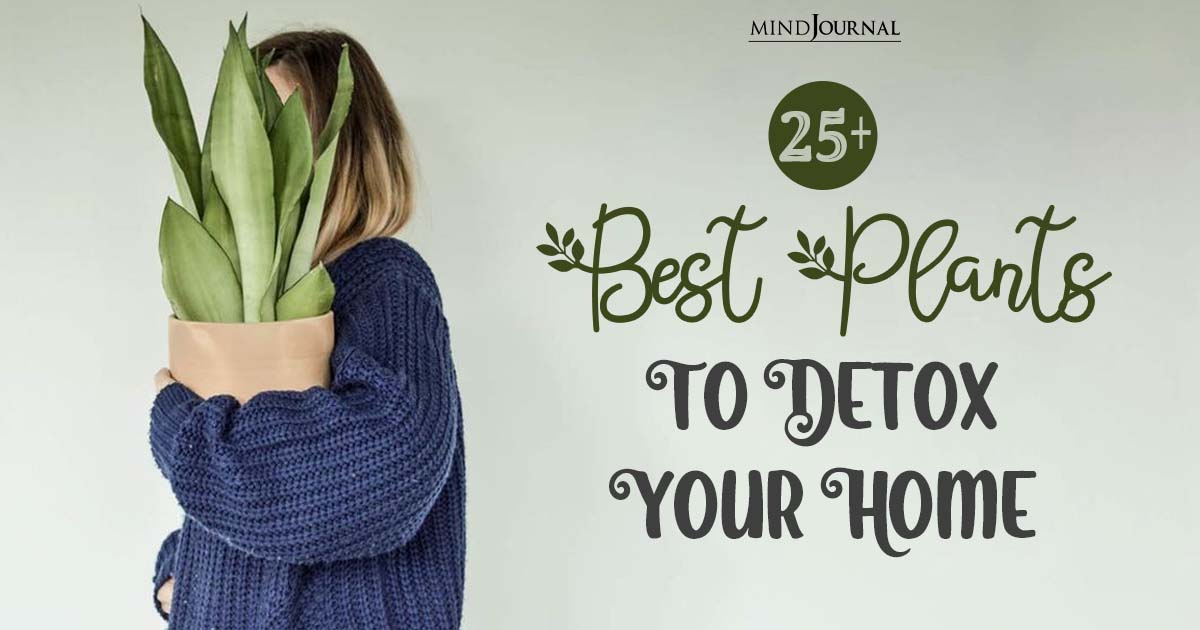Nature heals both body and mind and bringing nature indoors can reenergize your soul and purify your living space. So what are the best plants to detox your home?
In today’s fast-paced and urbanized world, our homes often become a sanctuary from the outside environment. However, it is surprising to know that indoor air pollution can sometimes be more hazardous than outdoor pollution.
Household products, synthetic materials, and even certain cleaning agents can release harmful toxins into the air we breathe. Fortunately, nature provides us with a simple and effective solution: plants.
Not only do they add beauty and tranquility to our living spaces, but they also have the remarkable ability to purify the air.
So, what are the best plants to detox your home?
In this article, we will explore the top 25+ detoxifying plants for home that enhance the overall well-being of your household.
Read 10 Superfoods That Prevent The Growth Of Cancer
25+ Best Plants To Detox Your Home
Here are the 25+ best detoxifying houseplants:
1. Aloe Vera (Aloe barbadensis)
Aloe Vera is not only renowned for its soothing properties but also for its ability to remove formaldehyde from the air. It is an easy-to-grow succulent that thrives in bright, indirect sunlight.

2. Spider Plant (Chlorophytum comosum)
The Spider Plant is highly effective at removing formaldehyde and xylene, a solvent found in many household products. It requires minimal care and flourishes in various light conditions.
3. Snake Plant (Sansevieria trifasciata)
Known for its resilience and striking appearance, the Snake Plant excels at filtering out toxins like formaldehyde, benzene, and trichloroethylene. It is also an excellent choice for low-light areas.

4. Peace Lily (Spathiphyllum)
With its elegant white flowers, the Peace Lily not only adds beauty to your home but also helps eliminate harmful toxins such as ammonia, benzene, and formaldehyde. It prefers moderate to low light conditions. It’s one of the most sought plants to detox your home.

5. English Ivy (Hedera helix)
English Ivy is a versatile plant that can thrive both indoors and outdoors. It effectively filters airborne toxins like benzene, formaldehyde, and xylene. However, it is toxic to pets, so be cautious if you have furry friends.

6. Bamboo Palm (Chamaedorea seifrizii)
The Bamboo Palm is a popular choice for indoor spaces due to its ability to filter out formaldehyde, benzene, and carbon monoxide. It also adds a tropical touch to any room.

7. Boston Fern (Nephrolepis exaltata)
This lush, green fern is highly efficient at removing formaldehyde and xylene. It requires high humidity and indirect light, making it an excellent choice for bathrooms.
8. Dracaena (Dracaena spp.)
Dracaena plants come in various shapes and sizes and are effective at eliminating toxins like trichloroethylene, benzene, and formaldehyde. They thrive in bright, indirect light.
9. Golden Pothos (Epipremnum aureum)
The Golden Pothos is a hardy vine that can tolerate a wide range of light conditions. It is very effective at removing formaldehyde, benzene, and xylene.

10. Areca Palm (Dypsis lutescens)
With its feathery fronds, the Areca Palm is an excellent choice for removing indoor air toxins like formaldehyde, xylene, and toluene. It requires bright, indirect light. It’s one of the most popular detoxifying plants for home.
11. Rubber Plant (Ficus elastica)
The Rubber Plant is known for its glossy leaves and its ability to remove formaldehyde from the air. It thrives in moderate humidity and bright and indirect light.

12. Chinese Evergreen (Aglaonema)
Chinese Evergreen is a durable plant that can thrive in low light conditions. It effectively filters out toxins like formaldehyde and benzene.
13. Philodendron (Philodendron spp.)
Philodendrons are popular houseplants that come in various leaf shapes and sizes. They are known for their ability to remove formaldehyde from the air and thrive in low to moderate light conditions.
14. Gerbera Daisy (Gerbera jamesonii)
Not only do Gerbera Daisies brighten up any room with their vibrant blooms, but they also help eliminate benzene and trichloroethylene. They prefer bright, indirect light.
15. ZZ Plant (Zamioculcas zamiifolia)
The ZZ Plant is an incredibly resilient and low-maintenance plant that excels at removing toxins like xylene, toluene, and benzene. It can tolerate low light conditions, making it ideal for offices and bedrooms.
Read Why Do Kids Hate Vegetables? 9 Science Backed Reasons and What You Can Do
16. Pothos (Epipremnum pinnatum)
Similar to its relative, the Golden Pothos, regular Pothos varieties are excellent at filtering formaldehyde, benzene, and xylene from the air. They are also adaptable to different lighting conditions.
17. Weeping Fig (Ficus benjamina)
The Weeping Fig is an attractive tree-like plant that effectively filters formaldehyde, benzene, and trichloroethylene. It prefers bright, indirect light and consistent moisture.
18. Anthurium (Anthurium andraeanum)
Anthurium plants feature glossy, heart-shaped flowers and are known for their ability to remove ammonia, formaldehyde, and xylene. They require bright, indirect light and moderate humidity.
19. Maranta (Maranta leuconeura)
Also known as the Prayer Plant, Maranta is a beautiful foliage plant that helps remove toxins like formaldehyde from the air. It prefers bright, indirect light and consistent moisture.
20. Dumb Cane (Dieffenbachia)
Dumb Cane is an attractive plant with large, patterned leaves. It filters toxins like formaldehyde, benzene, and xylene from the air. However, it is toxic if ingested, so keep it away from curious pets and children. It’s one of the best detoxifying houseplants.

21. Lemon Balm (Melissa officinalis)
Aside from its delightful citrusy fragrance, Lemon Balm also acts as a natural air purifier by removing airborne toxins. It requires regular watering and moderate sunlight.
22. English Lavender (Lavandula angustifolia)
Known for its calming scent, English Lavender not only promotes relaxation but also helps purify the air by reducing toxins. It thrives in bright, direct sunlight.
23. Chinese Money Plant (Pilea peperomioides)
The Chinese Money Plant is a trendy houseplant with round, coin-shaped leaves. It effectively removes toxins like formaldehyde and benzene. It prefers bright, indirect light.
24. Rosemary (Rosmarinus officinalis)
Rosemary not only adds flavor to your culinary creations but also helps cleanse the air by removing pollutants. It requires bright, direct sunlight and well-drained soil.

25. Chrysanthemum (Chrysanthemum morifolium)
Chrysanthemums not only bring vibrant colors to your space but also help filter out toxins like ammonia and benzene. They prefer bright, indirect light.

26. Lavender (Lavandula)
Lavender not only has a soothing aroma but also helps improve indoor air quality by reducing airborne toxins. It requires bright sunlight and well-drained soil.

27. Eucalyptus (Eucalyptus spp.)
Eucalyptus plants emit a refreshing fragrance and act as natural air purifiers. They can tolerate a wide range of light conditions but prefer bright, indirect light.

28. Peperomia (Peperomia spp.)
Peperomia plants come in various leaf shapes and textures and are excellent at filtering toxins like formaldehyde. They prefer moderate watering and bright and indirect light.
29. Boston Ivy (Parthenocissus tricuspidata)
Boston Ivy is a climbing vine that not only adds beauty to your home but also helps remove toxins like formaldehyde and benzene from the air. It thrives in bright, indirect light.

30. Orchids (Orchidaceae)
Orchids are known for their stunning blooms and their ability to improve indoor air quality by reducing airborne toxins. They require bright, indirect light and proper watering.
Read 5 Houseplants That Are Oxygen Bombs To Keep The Air Within Your House Clean
So, those were the 30 best plants to detox your home. When selecting plants to detoxify your home, consider the specific pollutants you want to target and the lighting conditions in your space.
It’s also important to note that while plants can help improve air quality, they are not a complete solution for all indoor air pollutants.
Regular ventilation, proper cleaning practices, and reducing the use of chemical-based products are also crucial for maintaining a healthy indoor environment.
Nonetheless, by incorporating these 30 plants into your home, you can create a greener and healthier living space.
Not only will they enhance the aesthetics of your surroundings, but they will also work tirelessly to remove harmful toxins and improve the overall air quality. So, bring nature indoors and let these plants work their magic in detoxifying your home.










Leave a Reply